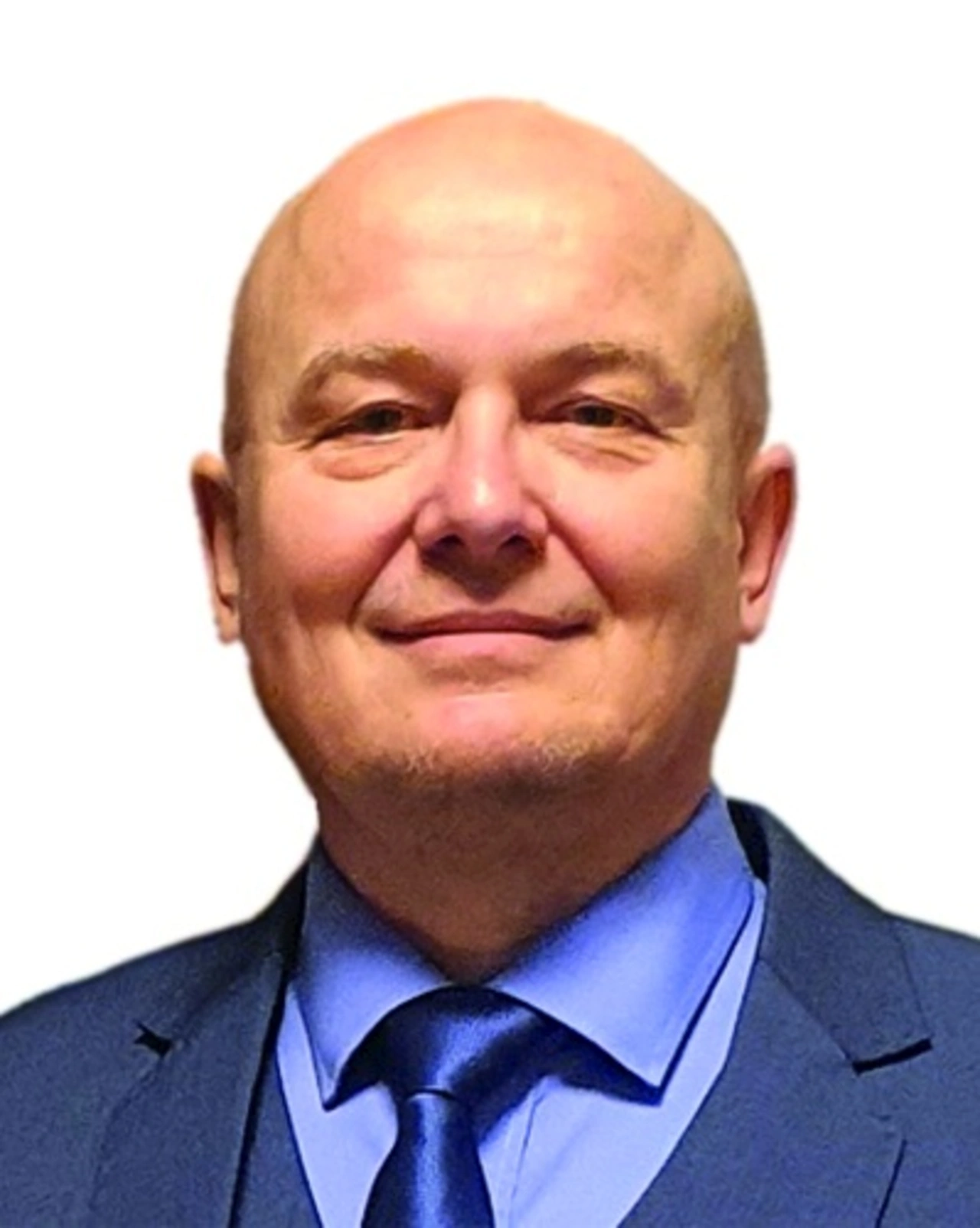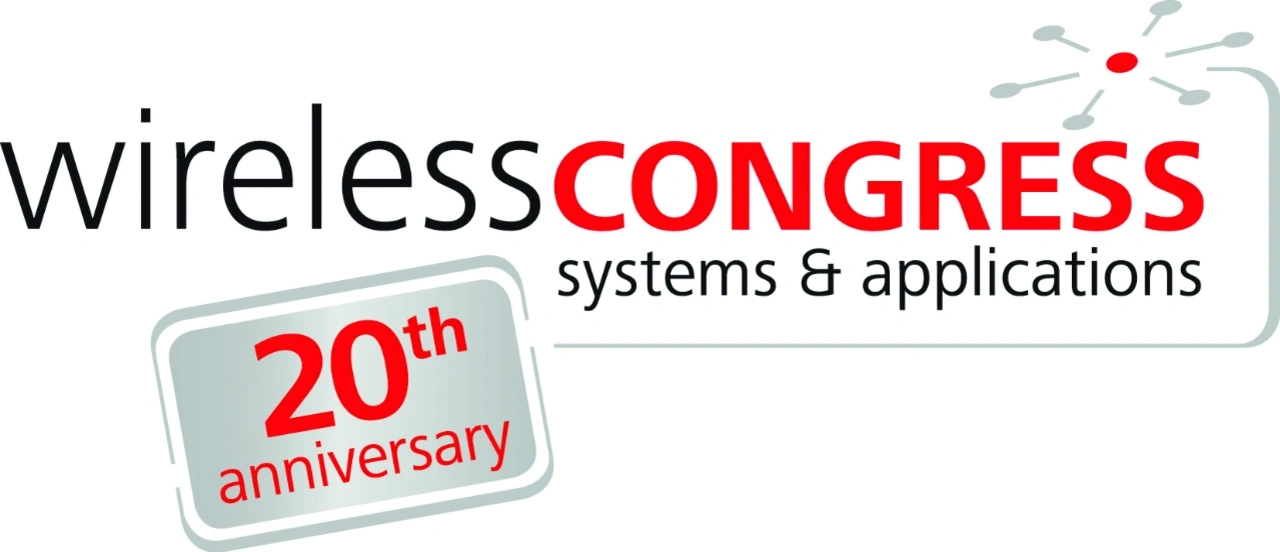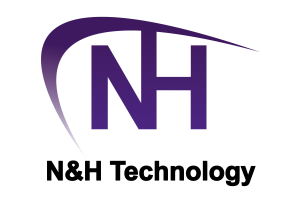Wireless technology
From IQRF to IQRF open standard
On November 16, 2022, at the Wireless Congress: Systems & Applications in Munich, the IQRF Alliance announced the move to IQRF Open Standard. Dr. Vladimir Šulc, CEO of the IQRF Alliance, explains in an interview what this major step means.

? At the Wireless Congress in Munich in November, you announced the release of the IQRF open standard. What does that mean?
! Dr. Vladimir Šulc: The IQRF wireless mesh technology has been developed and continuously improved at Microrisc since 2004. It is continuously developed in response to market requirements and customer application needs, especially from IQRF Alliance members. Most of the dozens of patents and utility patents (EU, US, China, Japan) related to the IQRF technology are owned by the Mocrorisc’s spin-off IQRF Tech, founded in 2017.
Until now, the technology was only supplied to customers as an integral part of the transceiver modules manufactured and supplied by Microrisc and IQRF Tech, existing customers did not have to deal with licensing or certification of the modules, the dozens of patents served only to protect technology uniqueness and high level of innovation.
Existing IQRF users will not be affected by the introduction of the open standard and will be able to continue to purchase transceiver modules supporting now also the open standard. However, the most significant change is the freedom to allow anyone to choose a transceiver module from different vendors or even implement the technology directly into their own products. By the launch of the IQRF Open Standard, Microrisc and IQRF Tech will no longer claim manufacturing exclusivity but will allow anyone to use the technology in their own products under a single royalty-free license.
Technically, we have solved this by establishing a non-profit organization, the IQRF Standards Association, responsible for documenting the standard and also managing a patent pool of several dozen patents to allow anyone to use them under a single royalty-free license. The documentation for the IQRF open standard is actually a guide on how to use the technology so that it works and so that products from different companies understand each other – interoperability.
In addition, open-source libraries will be available to IQRF Alliance members, as well as documentation for open hardware, to speed up the implementation of IQRF technology. We are currently preparing libraries for microcontrollers and RFICs from Microchip and STMicroelectronics. A timeline for the release of the standard is available at https://open.iqrf.org.
? How does the open IQRF standard differ from the previous IQRF standard?
! Dr. Šulc: Until the release of the IQRF Open Standard, IQRF technology was a proprietary technology available only in transceiver modules supplied by Microrisc and IQRF Tech. Almost all unique features, such as the coding method at the PHY layer, as well as very advanced network protocols for routing or data aggregation, have been discussed at scientific conferences and are also described and visualized in detail on the technology website https://iqrf.org.
Some minor functional details, such as packet structure, have been planned to be changed as they could bring further improvements to the technology, but for backward compatibility reasons we have only prepared but not implemented them, as many customers, especially in industry, require stability more than enhancements. Therefore, we will continue to deliver legacy IQRF for these customers in the future simultaneously.
And although IQRF Open Standard uses the same principles as legacy IQRF, we have a great opportunity today to enrich the technology with some additional enhancements. Although IQRF already excels primarily in robustness and reliability of routing, there will be further improvements in this direction. I can also mention the increase in efficiency of network building processes – discovery, healing, and autonetwork – and also double of data rate, which will also bring further reduction in the already extremely low energy consumption of sensor devices. I believe that existing customers will also be excited about these new capabilities and will be happy to gradually migrate to the new IQRF Open Standard.
? How have IQRF Alliance members reacted to the release of the open IQRF standard?
! Dr. Šulc: The response from existing IQRF Alliance members has been nothing but positive. The reason is very simple: opening the IQRF does not bring them any complications, only benefits. They will be able to continue to buy transceiver modules as before, but they will not be limited to our transceivers only, they will be able to choose from a much wider range from multiple manufacturers, or, if they have their own R&D, they will even be able to integrate the technology into their own products.
IQRF Alliance members will also have access to, among other things, extensive SW and HW libraries that will allow them to greatly accelerate the integration of the technology directly into their devices. With the open technology, they also expect more credibility for the technology itself, a much larger spread, and therefore a much larger market for their products. Membership brings them also many other economic benefits towards the new open standard. Thus, the reactions have been nothing but positive.
? How will the IQRF standard evolve in the future? Will the role of the IQRF Alliance change?
! Dr. Šulc: IQRF Open Standards 1.0 is scheduled for release on 4 June 2023. We have been preparing it for several years based on technical analysis, but primarily in response to the changing needs of our existing customers. What‘s next after the release? We will keep innovating the technology as everything continuously changes: IoT, the market, legislation, and the related needs of existing and new IQRF users.
IQRF Alliance will continue to promote IQRF technology and bring together all its users, from universities and academics, IQRF product manufacturers to integrators. Although the standardization agenda has been completely transferred to the IQRF Standards Association, the IQRF Alliance will continue to provide product certifications and be the guarantor of end-device interoperability. A new alliance member type, certification organizations, will also make a significant contribution to this.
? What will be the next steps for the IQRF Alliance and for you?
! Dr. Šulc: In addition to the aforementioned responsibility for the certification agenda, the IQRF Alliance will continue to promote the technology itself and the IQRF Open Standard, it will serve also as an important information resource for its members. It will also continue to assist its members in promoting their IQRF products and IoT solutions based on them.
As CEO, I set a major goal at the very beginning of my 5-year mandate to substantially increase the attractiveness of membership, and I believe that by the middle of this year, alliance members will be particularly excited about the new economic benefits. At the same time, I am committed to working even more closely with academics and universities. The biggest challenge then for me and for the Alliance members will be to standardize and certify IQRF technology not only for the EU but globally.
? What will you show at the booth, what can visitors learn?
! Dr. Šulc: We are exhibiting at embedded world at stand 639 in hall 3A. We‘ll be there to answer questions about IQRF technology and the IQRF Open Standard, to inspire especially large German customers with a demonstration of existing solutions, but also to show them in practice that integrating robust and reliable wireless technology with mesh network support doesn‘t have to be complicated and doesn‘t have to be a headache. We are looking forward to your visit.
? Thank You Mr. Dr. Šulc.

The Wireless Congress 2023: Systems & Applications will focus on the latest developments and practical application of advanced wireless technologies in industry: 5G/5.xG/6G, WiFi 6/6E/7, Matter, NR+, TSN for wireless networks, resilient networks, wireless sensing, information-centric networking, software-defined networking (SDN), next-generation LPWAN, and more, as well as the use of AI in communication networks.
The Elektronik, Messe München as organizer of electronica, and the German Electrical and Digital Manufacturers' Association (ZVEI) are hosting the 20th Wireless Congress: Systems & Applications on November 7 and 8 in Munich.
The call for papers has started - submit your contribution for the 20th Wireless Congress now!








